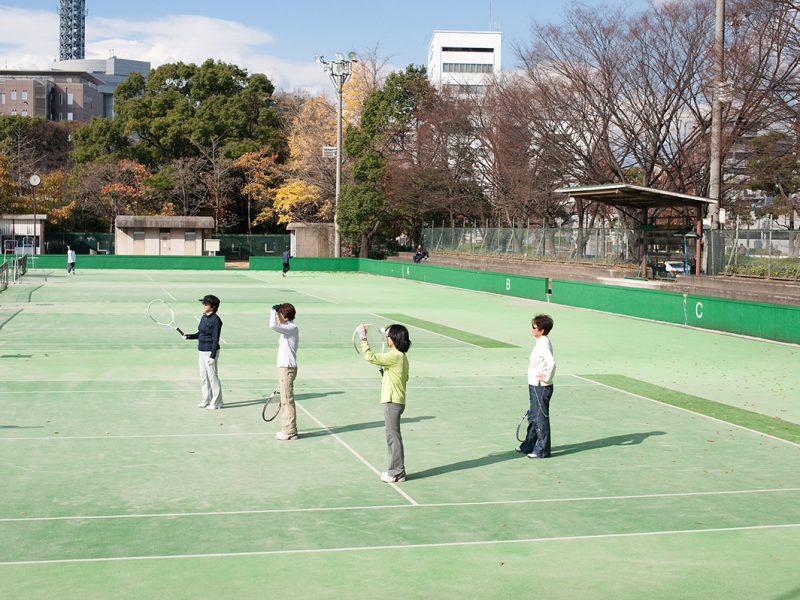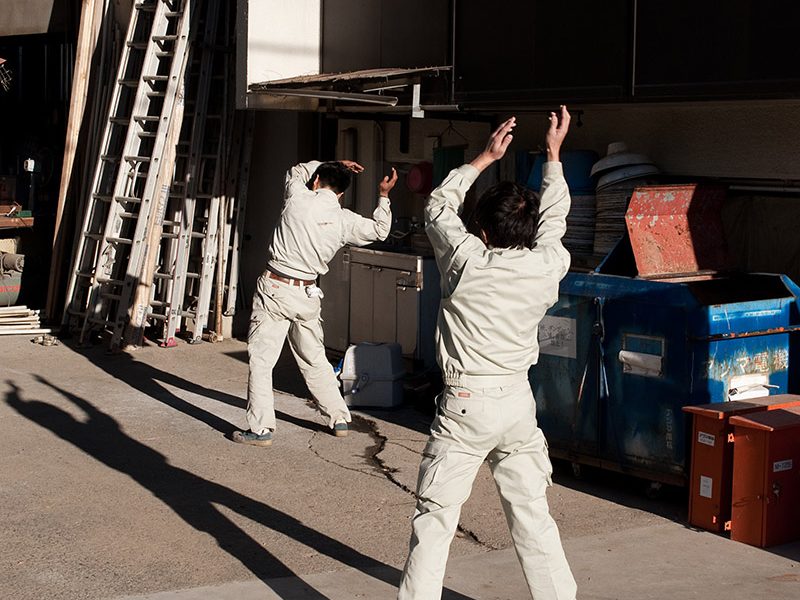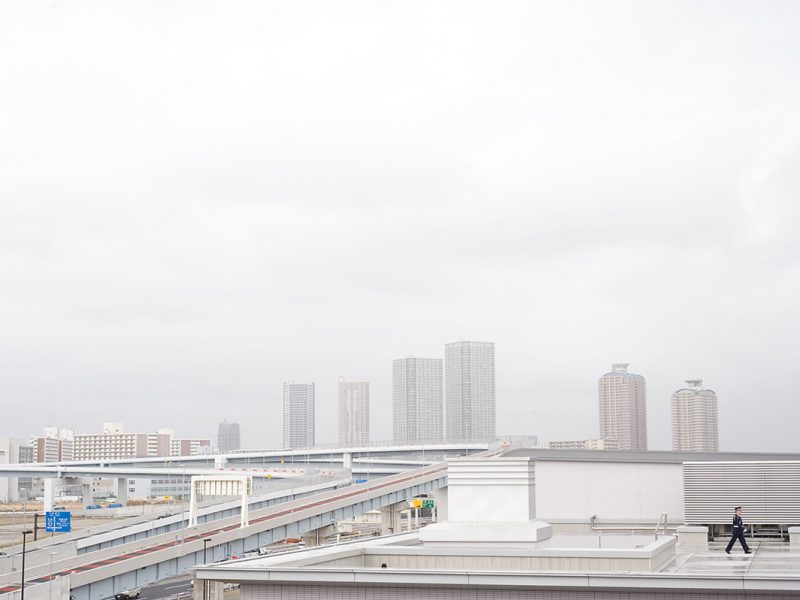JAPAN, I WISH I KNEW YOUR NAME
curated by Renata Ferri
More then 50% of the world population is now living in urban areas, and the numbers are constantly increasing,
“We are living through an extraordinary period in human history, an era of unprecedented growth in our species” [Sinding, 2010].
The way that cities and megacities are developing is not only influencing the structure of our families and communities, but it also plays a role in modifying social interaction.
The Tokyo-Nagoya-Osaka Megalopolis, also called Taiheiyō Belt is a unique example of urban agglomeration with an estimated population of over 80 million people, making it one of the most densely populated areas. Despite this incredibly high number of chances to interact, it seems that society is moving in the opposite direction.
If, in small societies, people have more of an active social role, with multiple connections and greater effect on the community; in a larger society some people struggle to communicate with each other, or tend to maintain close contact with only a small number of the closest friends or family members. Some people tend to privilege other communicative systems offered by modern media and communication tools; others choose an even more extreme approach.



